- Joined
- May 1, 2008
- Messages
- 3,563
Ok. I love picking bones, though I hope not to derail this thread with minutiae - so here’s the short of it.JP,
I just have one small bone to pick and it's probably just semantics. But AGSL light performance grading does measure dispersion and it is real and relevant. Because fire is not exhibited in all lighting conditions, it is accurate to say that the measurement represents 'potential' for fire, which is probably the same your term 'postulated". But dispersion is based on the physics of light and can be measured mathematically, so a given diamond's ability to produce fire can be calculated and compared against other diamond's.
1. Any such "measurement" is capped. It's a pass/fail proposition. That is logical; in order to build a system producers would use, AGSL had to establish ranges most producers can cut to. Once a diamond exceeds the “pass” level there’s no further reward. A minimally successful 0 gets the same acknowledgment as a superior 0 with greater compound mirror integrity and larger spectral fans (technically this applies to brightness, contrast and leakage too, but those are easier nuts to crack).
2. The grading system uses reverse ray-tracing (what happens in the environment). A true “measurement” would require the more complex forward ray-tracing (what happens at the observers’ eyes). Such a calculation must involve the entire panorama of illumination and every possible direction of rays entering the stone. The required computer overhead initially killed this; it’s basically infinite, so it was not included as part of the current grading system for RBs - They developed a shortcut for newer proprietary cuts, but that's another story.
3. GIGO. Even if we overcome #1 and #2, scan error is an unavoidable wet blanket. Unlike basic brightness, secondary and tertiary reflections which are critical to compound mirror analysis, become exponentially distorted with today's scans. Until scan technology improves we will not succeed in definitive micro measurements.
And that was my short reply...Yikes.
So yes and no Bryan. I can agree that dispersive potential is "measured" by AGSL. But it’s capped, with no graduated system capable of detailing achievement beyond that cap, and it's not diamond-specific. Thus (unfortunately) it's not decisive for our purposes.

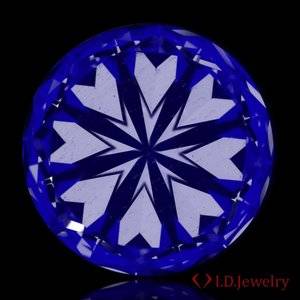

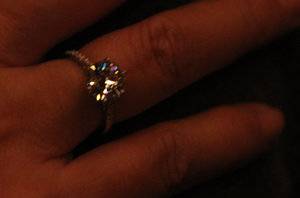
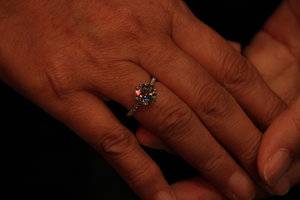
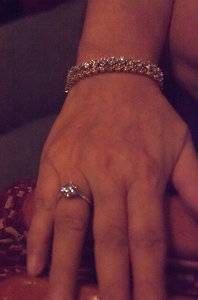
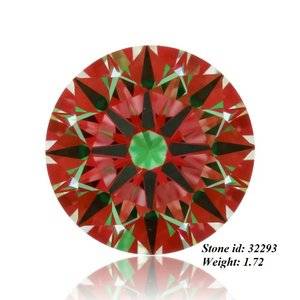
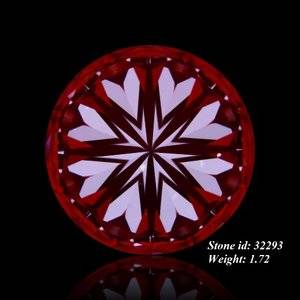
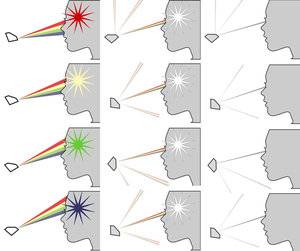
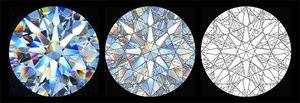
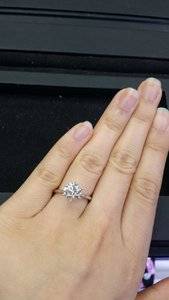
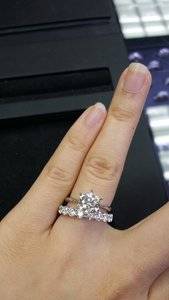
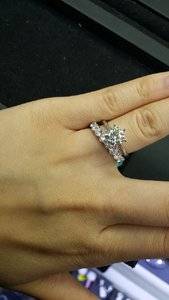
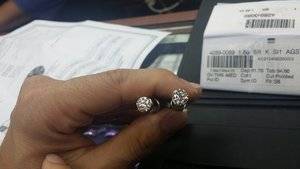
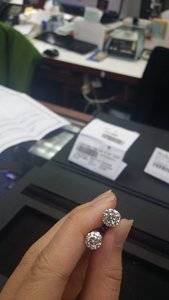
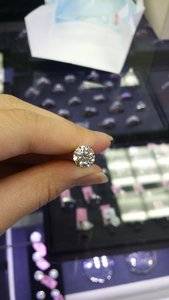
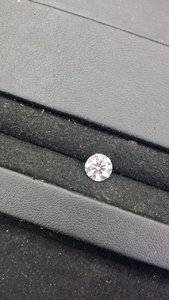
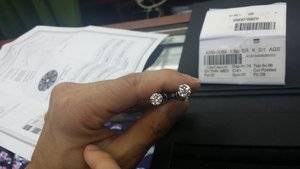


300x240.png)